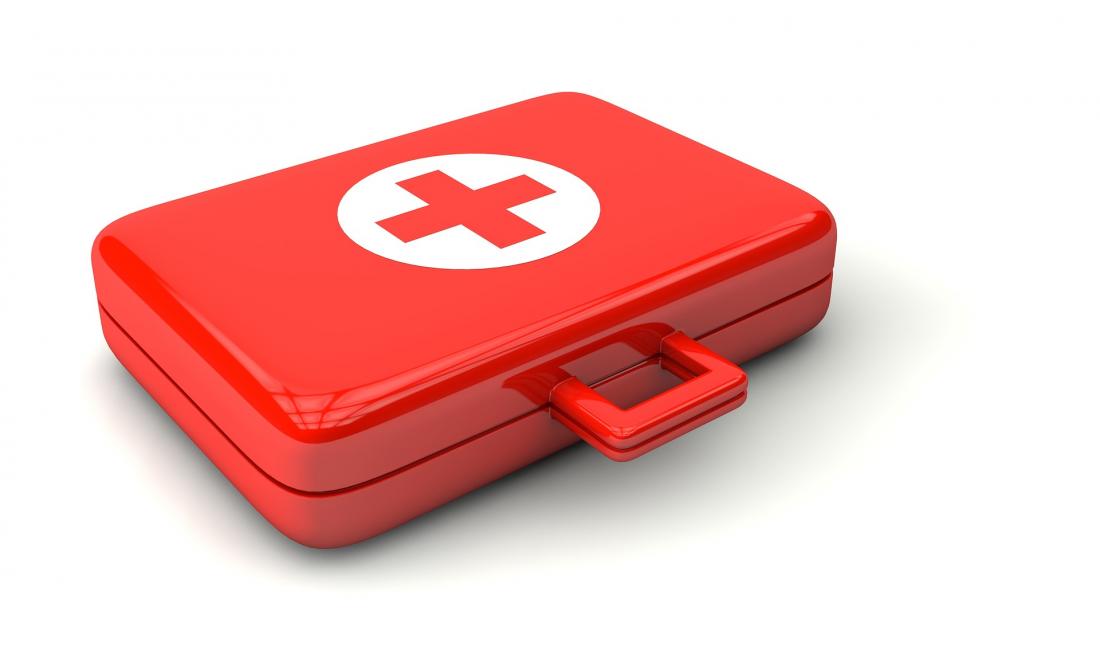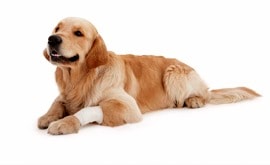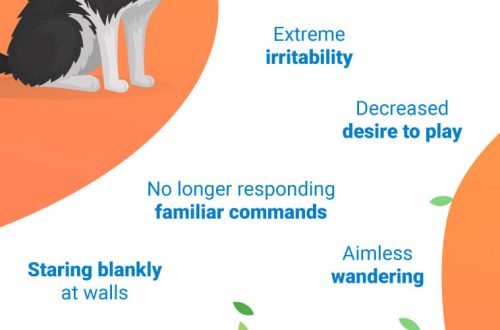
First aid
Contents
Let’s hope your dog never gets seriously injured. But, having a high level of energy, she will definitely get scratches and cuts from time to time. That is why it is so important to master the principles of first aid.
Medicine chest
In case of an emergency, you should always have a friend with you: cotton bandages, cotton wool for cleansing wounds, soft, safe for pets, an antiseptic for washing wounds, tweezers to remove the sting of wasps or bees and various objects from the oral cavity.
Bones, sticks and balls
Bones, sticks, and balls can get stuck across the palate in the mouth. If this happens, you will see that the dog is trying to get his paw into his mouth or trying to close his jaws. You may be able to remove the object with your fingers or tweezers, but if not, you should contact your veterinarian to have it done with a sedative. As always, prevention is better than cure, so never let your dog play with small balls or throw sticks at him.
Burns
If your dog has been burned by boiling water, hot oil, chemicals, or ice, it requires immediate medical attention. Minor burns can be treated at home – simply wipe the affected area with a mild antiseptic and apply an emollient cream or gel, such as aloe vera. Severe burns require the attention of a veterinarian, so take your dog to the vet immediately.
Wounds and cuts
Dogs can develop sores or cuts, especially on their paws, if they step on something sharp, such as broken glass. If this happens, wash the affected area with an antiseptic solution and, if necessary, apply a bandage. If you cannot stop the bleeding or if the wound is too large, consult your veterinarian.
Dog bites
If your dog is unlucky enough to be bitten by another dog, it’s always worth taking it to the vet for a checkup. Wait until your scheduled visit, if the bites are minor, and if the bites are severe, schedule an emergency consultation.
Ear problems
The dog’s ears should be shiny and light pink on the inside, with no traces of earwax or any discharge. There should not be an unpleasant odor. If you suspect something is wrong with your ears, contact your veterinarian.
Eye problems
If your dog has problems with his eyes, such as a scratch or conjunctivitis, you should contact your veterinarian and avoid rubbing them if possible.
Convulsions
Seizures are characterized by sudden, uncontrollable spasmodic movements, hard closure of the jaws, and salivation. At the onset of a seizure, the dog usually falls on its side and ceases to orient itself in space.
If your dog has a seizure, don’t try to restrain it. Instead, move all furniture and hard objects away from her that could hurt her. Then turn off the lights, radio, TV, washing machine and other sources of noise, leave the dog in a dark room so that the attack passes and he can recover.
NB If your dog has seizures, you MUST see your veterinarian.
Broken or torn claws
Such lesions can be very painful and quickly become infected. There is often heavy bleeding. If possible, apply a bandage to the injured paw before taking the animal to the veterinary clinic, antibiotics will subsequently be required, and the claw itself will most likely be removed using sedatives or anesthesia.
Heatstroke
When it comes to heat stroke, prevention is better than cure. Keep your dog out of the sun for long periods of time on hot days, and don’t let him out at noon when the sun is at its strongest.
If your dog has mild heat stroke, cool him down with damp towels or a cold air blower and make sure he drinks plenty of cool water and rests. Severe cases require the help of a veterinarian.
Lameness
If your dog is in obvious pain and unable to lean on his paw, he should be taken to the veterinarian immediately as it could be a fracture.
In less severe cases, check to see if the dog’s claw is broken or the paw pads are cut, gravel or plant thorns are stuck between the toes.
Poisoning
Some dogs are extremely curious, and there is always the possibility that your dog will inquire about things they shouldn’t. In this case, prevention plays a much more important role, your home and garden must be safe for the dog, you must make sure that the dog does not have access to anything that could harm his health, such as fertilizers, bleach or chocolate. If you suspect that your dog has eaten something dangerous, be sure to take the packaging with you when you go to the veterinarian – this will help determine the source of the problem and find an antidote. If the worst happens, call an ambulance veterinarian.
Accidents on the road
If your dog has been hit by a car, you should call your veterinarian right away. Your dog may be in shock and behave unpredictably, so handle it with care. If possible, lay the dog on a blanket (or take a mat from the car) and take it to the veterinary clinic as soon as possible. If it is not possible to transport the dog, a veterinarian should be called to the scene.
Stings of bees and insects
If your dog has been stung by a bee and has swelling around its mouth, nose, or throat that makes it difficult to breathe, take it to the veterinarian immediately.
If the bite is not causing serious problems, you can ease the discomfort by applying a cold compress to the affected area.
Hopefully your dog will never be badly injured, but it’s important to be prepared for anything. It is good to have a first aid kit at home and keep wound care products in it when needed. In case of injury, calm your pet by talking to him in a calm tone, saying that everything will be fine.






